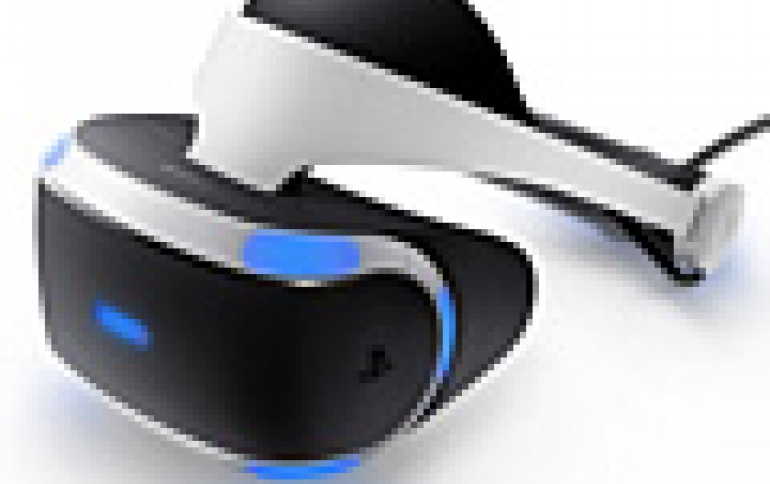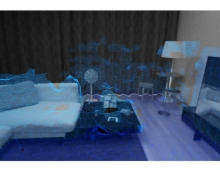
Sony Leads The VR Market
Sony has quickly become the VR market leader, with its affordable PlayStation VR catering to the vast PlayStation 4 installed base.
According to Canalys, Sony has sold over 800,000 PlayStation VR in less than three months on the market. Shipments would have been greater if it were not for one key problem: PlayStation VR was delayed until October and is still seriously supply constrained due to problems making its OLED displays.
"Though some believe Sony has de-prioritized promoting VR in favor of the standard or Pro PlayStation 4s, it is not worth investing in major marketing campaigns while current supply remains sold out," said Canalys Analyst Daniel Matte. "Sony should push VR more forcefully when supply constraints ease, and especially as promising titles such as Farpoint and Golem are launched."
While Sony has not significantly marketed PlayStation VR during the holiday sales period, Black Friday and Cyber Monday's US$100 discounts have helped increase sales of HTC's Vive in the US. Canalys says that HTC will ship around half a million units in 2016, putting the Vive in second place. Facebook's Oculus Rift, meanwhile, is currently getting a boost from its long-awaited Touch motion controllers and will reach almost 400,000 shipments this year.
"Over 300,000 VR headsets are estimated to ship in Greater China in 2016," said Canalys Analyst Jason Low. "HTC has led the charge, while local vendors, such as Deepoon, Idealens, 3Glasses and ANTVR, have provided their own unique innovations and localization efforts that are vital for the massive Chinese market. Business model experimentation is especially important to monitor due to unique economics and the sheer speed of development."
Canalys predicts shipments of VR headsets to 2 million units worldwide in 2016. This number is forecast to grow to 20 million by 2020. The lion's share of 2016 shipments are basic VR headsets that rely on other devices, generally being tethered by cable to a desktop PC. Shipments of smart VR headsets, which can function independently, will reach over 100,000 units. These estimates only include VR headsets with integrated displays, so exclude simple viewers, such as Samsung's Gear VR and Google's Daydream View, which are also shipping in the millions.



















